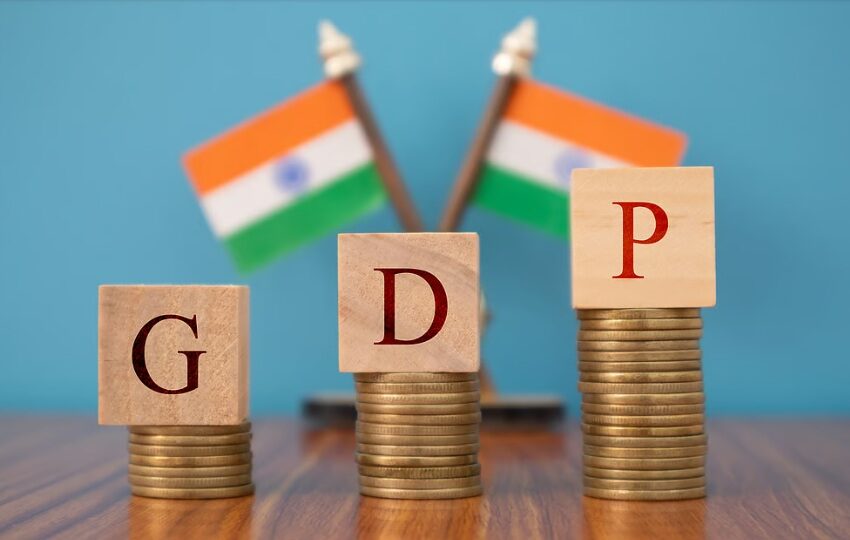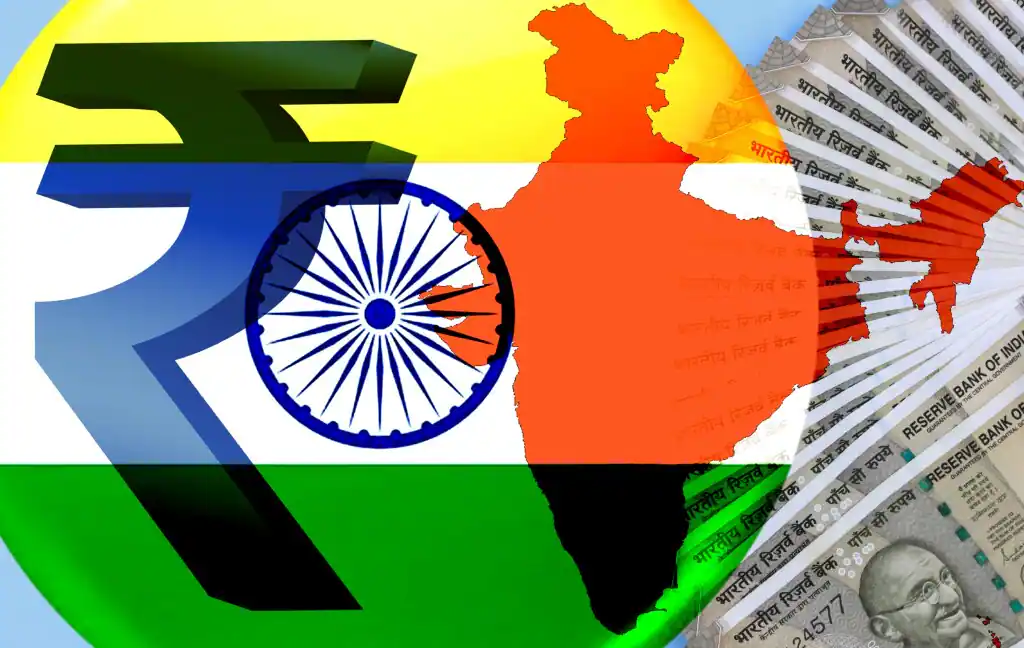
Economy Kicks Off Fiscal Year Strong with Record Highs in GST and UPI Transactions
The GST collections reached an all-time high of Rs 2.37 lakh crore compared with Rs 1.96 lakh crore in the previous fiscal and beating previous April’s high of Rs 2.1 lakh crore.
India’s economy delivered a stellar start to the new fiscal, with the Goods and Services Tax collection rising to an all-time high and digital transactions continuing their double-digit growth, even as US and China, two major global economies faced pressure from tariff-related uncertainties.
The US economy unexpectedly shrunk by 0.3 percent during the first quarter of 2025, its first contraction in nearly three years. On the other hand, China’s factory activity contracted at the fastest pace in 16 months in April, data shared on May 1 showed.
Experts indicate that the rush in exports to stave off the threat of tariffs may have a role to play.
“The record GST collections underscore the Indian economy’s underlying strength in the face of global economic uncertainties… The notable GST figures for April may have also been positively influenced by substantial exports to the US market prior to the announcement of reciprocal tariffs,” said Saurabh Agarwal, Tax Partner, EY India.
The GST collection reached an all-time high of Rs 2.37 lakh crore compared with Rs 1.96 lakh crore in March 2025, while and beating previous April’s high of Rs 2.1 lakh crore.
In terms of annualised growth, the pace of GST collection reached a 17-month high of 12.6 percent compared with 9.9 percent growth seen in the previous month.
“The all-time high GST collections are a strong indicator of robust economic activity. While this reflects ongoing recovery and growth, a significant contributor is also the year-end reconciliation process, which typically results in additional tax payments by businesses to align their returns during the year” said Abhishek Jain, Partner and Head, Indirect Tax, KPMG.
The rise in consumption also reflected in the rise in digital transactions, with Unified Payments Interface (UPI) transactions moved closer to the mark of 600 million transactions per day. UPI transactions rose to 596 million from 590 million in the previous month but the value of daily transactions continued to hover near the Rs 80,000 crore mark.
The pace of transaction growth remained healthy at 34.5 percent despite a 50.7 percent annualised increase in volumes during April 2024.
Daily transaction volumes too were higher for FASTag payments, used for parking and toll collection, at 12.75 million compared with 12.2 million a month ago. FASTag transactions for the month rose 17 percent compared with 12 percent the previous month.

Two-wheeler sales also continued to exhibit this optimism, as TVS saw two-wheeler despatches rise 15 percent on the back of 7 percent increase in domestic volumes.
The performance in the car segment was mixed. Maruti, the largest automaker, witnessed domestic sales rise 1 percent, but the growth came from exports which were up 26 percent over the previous year.
Light commercial vehicle sales were up 34 percent for the automaker.
Mahindra & Mahindra had a better standing as it emerged as the second largest carmaker with its SUV sales rising 28 percent.
The company also did well in the tractor segment, as domestic despatches rose 8 percent, while export volumes rose 25 percent.
Coal production growth was more modest at 3.6 percent in April 2025.
India’s economic performance was evident in the flash PMI data as well, released by HSBC on April 23. Private sector activity rose to an eight-month high of 60 in April, as per preliminary data released by HSBC.
The country is likely to retain its spot as the world’s fastest growing economy, even though growth is expected to taper this year. The International Monetary Fund has cut India’s growth forecast for FY26 to 6.2 percent from 6.5 percent projected earlier. The World Bank has predicted India’s economy to grow by 6.3 percent during FY26.
Both institutions said domestic strength, helped by RBI’s easing measures are expected to help India brave global uncertainties.


